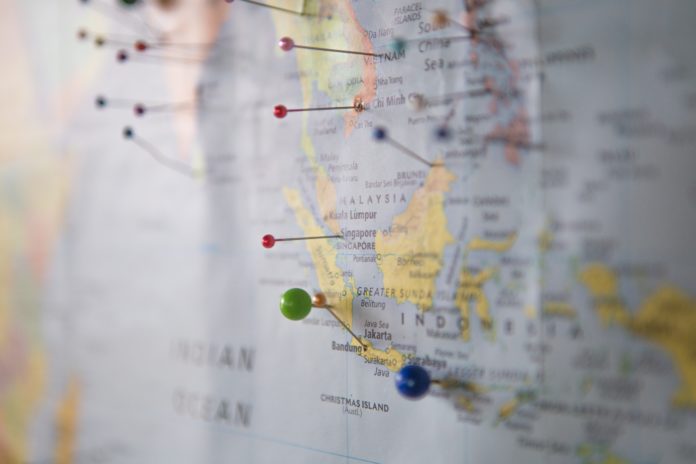Research commissioned by HSBC Commercial Banking shows that international businesses from nine major economies are increasingly optimistic about their growth prospects in Southeast Asia.
They expect sales in the region to grow by 23.2% over the next 12 months – versus 20.1% from last year’s survey, and 4-5 times the rate of GDP growth expected in Southeast Asia. This highlights growing confidence in the region on the part of international companies.
The HSBC Global Connections survey also finds that businesses from countries closer to Southeast Asia, such as those in the rest of Asia Pacific and the Middle East, have a more advanced presence in Southeast Asia and a greater degree of ambition when it comes to regional expansion than their peers from Europe and the United States.
“These findings confirm what we have been seeing from our own customers: that businesses around the world are increasingly confident about scaling up in Southeast Asia,” said Amanda Murphy, Head of Commercial Banking for South and Southeast Asia at HSBC. “We are as excited as our clients about Southeast Asia and focused on connecting international businesses from across our global network with opportunities in this dynamic region.”
Growth ambitions
The survey reveals a marked difference between the M&A ambitions in Southeast Asia of Asia Pacific respondents and those from other regions. Twice as many respondents from China (65%) are more likely to significantly increase inorganic growth in Southeast Asia by 2024 than those from Germany (45%), although respondents from all markets expect activity to increase over the next four years and the gap between Asian and other respondents narrows over time.
Respondents that are already present in the region plan to focus on growing in the markets they know. 36% of companies operating in Singapore expect to prioritise growth there over the next two years, followed by 27% of those with Malaysian operations and 24% of those with operations in Thailand.
Businesses from all markets except Germany are most likely to prioritise Singapore among their current markets, reflecting the country’s enduring attraction as a regional business hub and financial centre.
When it comes to fresh opportunities, Indonesia and Malaysia are the most popular choices for companies aiming to expand into a new ASEAN market over the next two years. A quarter of firms without an Indonesian presence and a quarter of firms with a Malaysian presence report plans to expand in those markets during that time frame.
ASEAN attractions
The survey suggests that international businesses continue to see ASEAN primarily in terms of its supply chain connectivity rather than as a consumer market, even though Gross Domestic Product (GDP) per capita for Southeast Asia has grown from USD1,250 in 2000 to USD5,800 in 2023, according to the International Monetary Fund.
The region’s skilled workforce (27%), growing digital economy (26%) and competitive wages (25%) are the top three attractions, while the growing middle class ranks ninth in terms of importance. However, businesses identify talent as a challenge as well as a draw: the cost of training (36%) and lack of skilled personnel to drive implementation (also 36%) are identified as top challenges for businesses seeking to digitise their operations in ASEAN.
Also, the ability to hire talent with the right level of expertise is the top challenge to becoming more sustainable in the region.
When asked which technologies ASEAN is leading the way in, the highest number of respondents identify e-commerce (31%) and digital payments (28%), reflecting the widespread adoption of digital platforms and mobile wallets across many countries in the region.
“Southeast Asia is clearly an attractive manufacturing base, with increasingly advanced supply chains and a highly skilled workforce attracting global firms to the region,” said Amanda Murphy. “But the consumer story is also one to watch for international businesses as digital adoption and domestic spending power grow.”
Presence and trade
Businesses from mainland China, Hong Kong, India, Australia and the GCC on average lead counterparts from the United Kingdom, France, Germany and the US by a margin of:
- 63% vs. 45% having achieved organic growth in ASEAN;
- 62% vs. 43% having developed supply chains in the region;
- and 41% vs. 24% having pursued inorganic growth through mergers and acquisitions
Asia Pacific and GCC respondents are also making greater use of Free Trade Agreements (FTAs) to increase their trade with ASEAN than those from Europe and the US, according to the survey. Respondents from mainland China, Hong Kong, India and the GCC are more likely to be using the Regional Comprehensive Economic Partnership and the Comprehensive and Progressive Agreement for Trans-Pacific Partnership than those from Europe and the US by an average of 78% vs. 59%.














